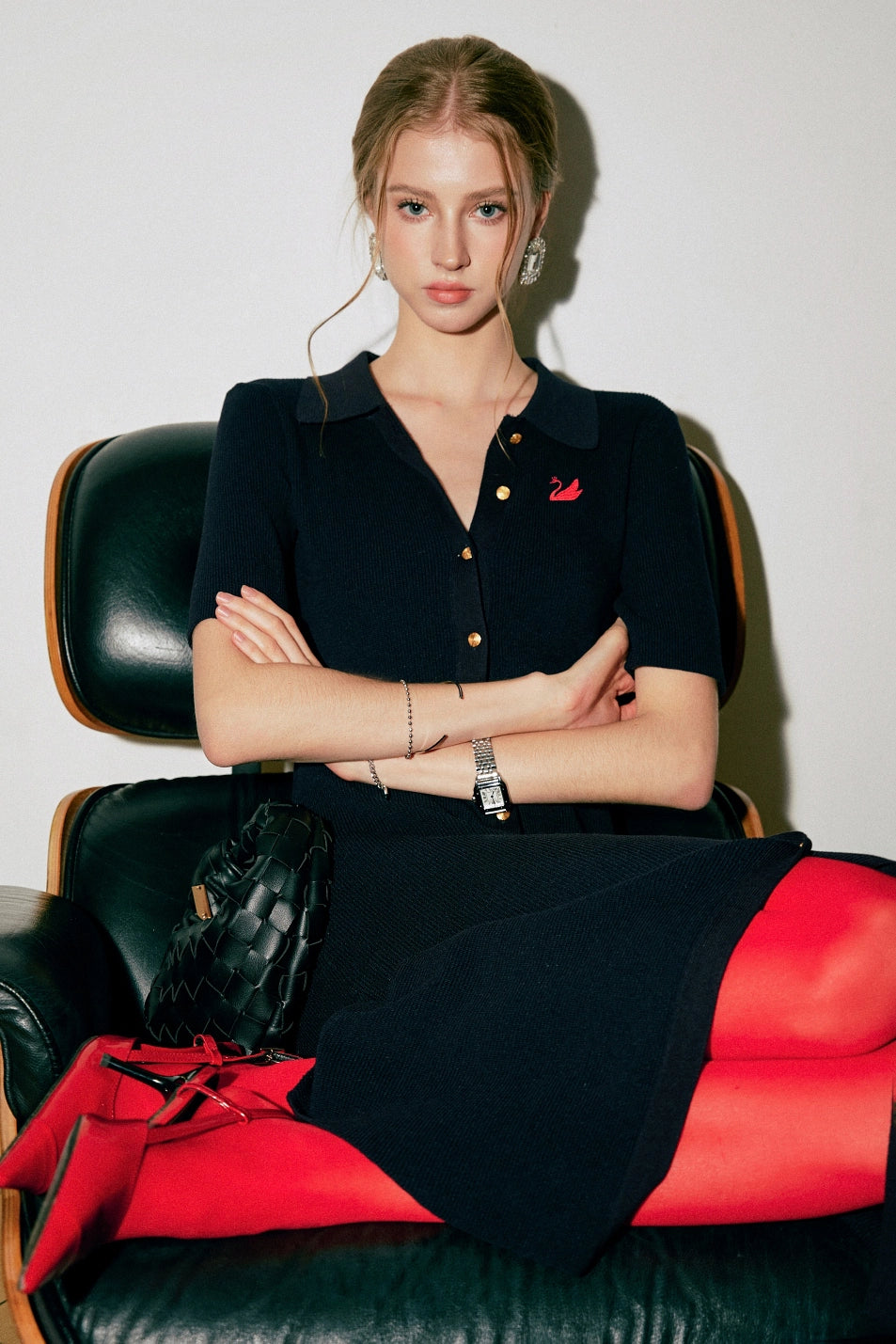Pollution-generating processes, over-consumption and waste... consumers and investors are prioritising sustainability but today's textile and fashion industries no longer match up to their expectations. Faced with this reality, some brands are rethinking their practices. We take a look at sustainable fashion where ecology is a priority in all seasons.
Away from the glitz and glamour, fashion is a pollutant
Despite sustainability taking centre stage, fashion is not very on trend. The industry produces 10% of the world's carbon emissions - more than aviation and shipping combined - and 20% of waste water1. Every year, synthetic fibres release 500,000 tonnes of plastic micro-particles into the oceans, the equivalent of 50 billion plastic bottles2. Even more worrying is the fact that this pollution is on the up. We now buy twice as many clothes as 15 years ago and wear them for half the time. And brands are manufacturing more and more to keep up with consumers of fast fashion. Some, especially those geared towards the general public, release up to 24 collections a year. This is how we end up wasting the equivalent of one skip of textiles, buried or burnt, every second. According to the United Nations Environment Programme, fashion will consume a quarter of the world's carbon budget by 2050 if nothing changes. Worried about this situation and public awareness, manufacturers are now rethinking their approach.
Recycling, innovative yarns: eco fibres
Some companies have been innovating for decades. Shoes, trousers and bags, for example, are now being made from recycled plastic. With 20% of materials coming from the ocean3, marine plastic is particularly popular. Adidas, in partnership with Parley for the Oceans, has made five million pairs of shoes from recycled marine plastic since 2018. Veja, a French brand founded in 2004, has also specialised in recycled materials. With a few exceptions, all the fabrics for its trainers are made from recycled polyester. Even the luxury goods industry is getting in on the act. The latest collection from Stella McCartney – a long-time advocate of sustainable fashion – includes a range of accessories made from bottles, fishing nets and other plastic waste pulled out of the ocean.
Besides being recycled, materials can also be produced as part of a circular and clean economy. We already have renewable, organic, water-efficient and energy-efficient materials such as flax, hemp and bamboo. Ekyog, for example, has been using them since 2003. Other materials are not yet widely used but are promising. One example is nettle, which requires neither irrigation nor pesticides. To make clothes, nettle fibre (which protects against both heat and cold) can be mixed with organic linen and with wool. The "eco" jeans of Dutch brand Netl have been made using this process for two years.
Read how wood can be transformed into sustainable textile here
Optimised logistics
A pair of jeans can travel 65,000 km during its production cycle. That's 1.5 times around the Earth4. The sector's logistics, and consequently the transport modes and production sites within it, have a crucial role to play. Deloitte, in its roadmap towards sustainable fashion, sums it up: "Economic interests intersect with environmental concerns on the issue of transport: so there is consensus on the need to rationalise logistical flows, review the choice of transport mode at each stage, optimise orders and container fill rates, and then to explore the possibility of (re)locating some production sites as close as possible to the points of sale".
The sportswear giants, in an attempt to reduce the impact of transport and packaging, are also heading in this direction. Puma has developed a reusable bag for its trainers and a box that contains 65% less cardboard than traditional boxes. In 2017, Decathlon replaced some of its air and sea journeys with rail journeys.
"The fashion industry is no longer tenable [...], but consumers have the power to change industry practice by changing their habits, starting with buying less and buying better," shared Eléonore Kubik, Head of France Nature Environnement's Waste Management and Prevention project.
We believe that fashion has the ability to transform, but customers and investors must push the sector to reinvent itself and build a responsible industry. Investing in the transition towards a CLIC™, Circular, Lean, Inclusive and Clean, fashion industry is key to securing a net zero future.
This blog is researched, written, and prepared by Lombard Odier team.







Comments (3)
Still a long way to go, but we have trying our best so far!
Sustainable fashion has been my lifestyle ever since I was 18. Feel the best and be the best everyday
Don’t you think we should be more responsible about how we should treat our surroundings? This is our time!